In thinking about an answer to a different question, I came up with a likely-not-ideal solution to the following:
- Given a square-wave input of 125 Hz whose minimum is 0V and maximum is somewhere between 1-7V
- Assuming an ideal source with zero output impedance
- Not having access to a negative rail
- Needing to support an output load of at most 10 mA that varies at the same frequency but between +Vin and -Vin; i.e. zero-centered and with double the amplitude
- Wanting as simple a circuit as possible, ideally with only passive, discrete components
The complex and obvious solution is a switching supply to generate the negative rail, and then a comparator. I came up with the following charge pump as a simpler solution, shown at Vin=5V, RL = 5k:
Since it doesn't need to generate a negative rail, it doesn't need an inductor. It works fine, but I don't love it, for the following reasons -
- I feel like it can be further simplified
- The output is asymmetric - the positive cycle is stable but the negative cycle follows the capacitor discharging
Is there a simpler solution? The alternate one below does work, courtesy @tobalt.

simulate this circuit – Schematic created using CircuitLab


